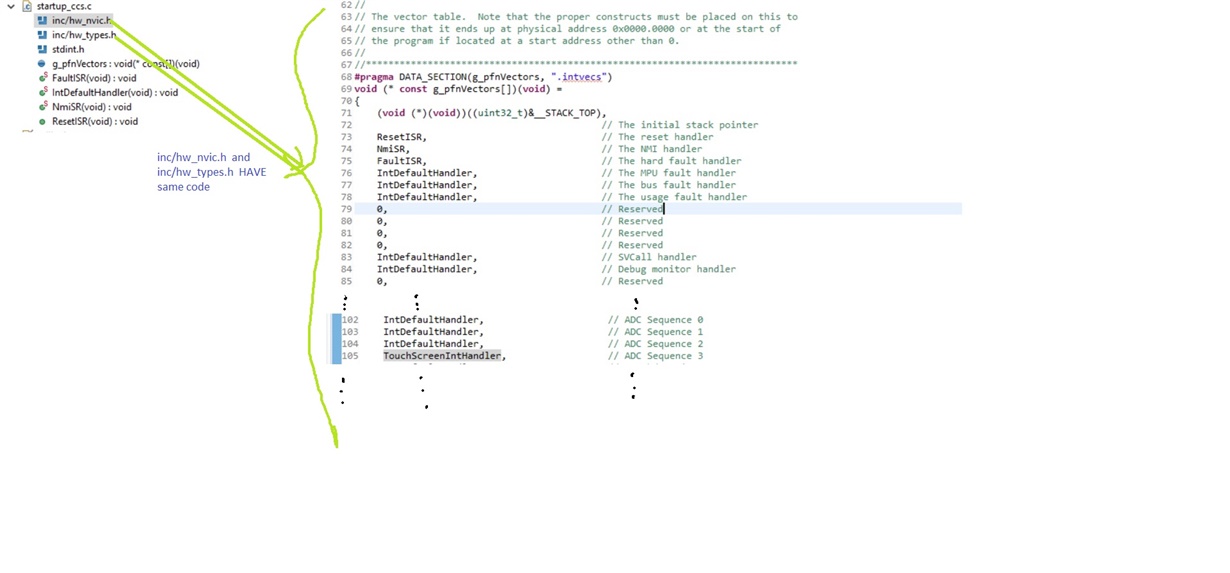Tool/software: TI-RTOS
Hi to you all
I am trying some examples (labs exercises) on the EK-TM4C1294XL.
I tried the standard examples from the CLP_Workbook.pdf and I also tried the RTOS examples for the same board. I did follow step by step labs instruction and it worked as it says in the lab manual which is great.
I want to use the standard supplied examples and add to it RTOS; i.e. I start with RTOS project then import/modify as necessary for example USB bulk example and use it with RTOS template.
Is it possible to mix the two examples (after doing then necessary modification)?
USB example uses Tx and Rx ISR routines which I don’t know what they are and in consequences how can I assign priority to them knowing that priority assignment is an essential feature in RTOS.
In the past I tried touch screen Widget example with RTOS template. The project compiled successfully but nothing was happening. I believe that the LCD touch screen Widget uses interrupt (I don’t know which one) and this interrupt somehow the RTOS wasn’t aware of them.
By the way the RTOS examples were about turning ON/OFF a LED which was great and easy to learn RTOS but the next step after just a LED was calling.
Can anyone put some light on this please?


